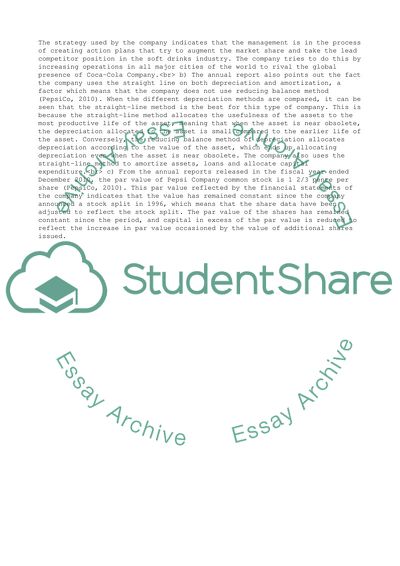Cite this document
(“Analysis of Pepsi Company Limited Assignment Example | Topics and Well Written Essays - 1000 words”, n.d.)
Analysis of Pepsi Company Limited Assignment Example | Topics and Well Written Essays - 1000 words. Retrieved from https://studentshare.org/business/1580291-pepsi
Analysis of Pepsi Company Limited Assignment Example | Topics and Well Written Essays - 1000 words. Retrieved from https://studentshare.org/business/1580291-pepsi
(Analysis of Pepsi Company Limited Assignment Example | Topics and Well Written Essays - 1000 Words)
Analysis of Pepsi Company Limited Assignment Example | Topics and Well Written Essays - 1000 Words. https://studentshare.org/business/1580291-pepsi.
Analysis of Pepsi Company Limited Assignment Example | Topics and Well Written Essays - 1000 Words. https://studentshare.org/business/1580291-pepsi.
“Analysis of Pepsi Company Limited Assignment Example | Topics and Well Written Essays - 1000 Words”, n.d. https://studentshare.org/business/1580291-pepsi.


